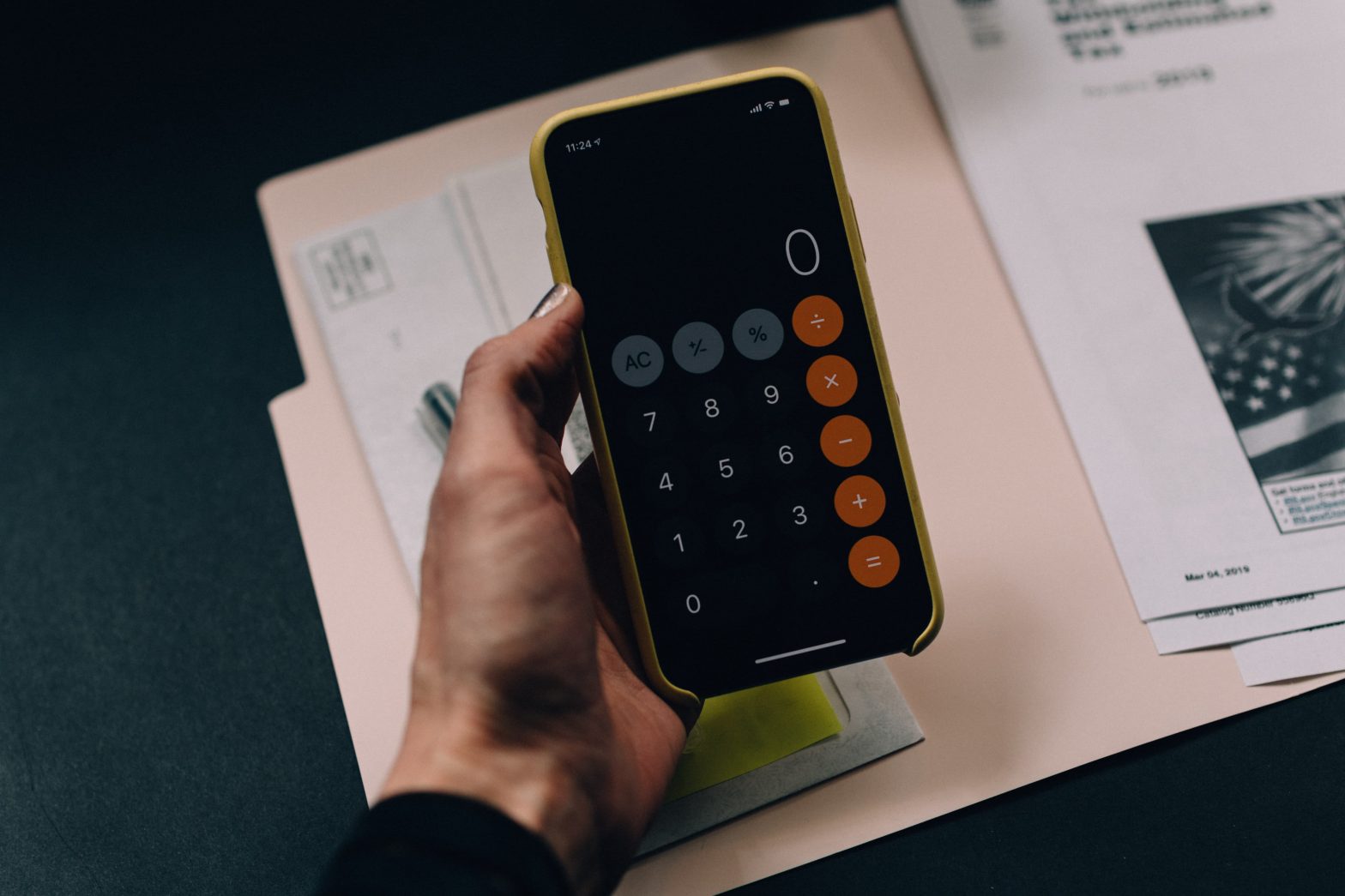
The accounts payable department is a critical component of any organization that controls the day-to-day business operations. It is responsible for managing cash flow, providing security against fraud, and maintaining vendor relationships.
However, inherent challenges in accounts payable cause unwarranted disruptions in the company workflow, delaying payment, and the collection of outstanding receipts.
In this article, we will discuss the top 7 challenges of Accounts Payable processing in 2022 and the ways you can overcome them.
Challenges in AP Processing
Failing to adopt effective accounts payable strategies affect a company’s ability to process, approve, and pay invoices promptly.
Unless you take maximum advantage of the available discounts or establish favorable payment terms with suppliers, your company can face the following challenges in AP processing:
High AP Processing Costs
One of the greatest hurdles to business growth for most businesses is delayed invoice processing, which ultimately causes a higher cost per invoice.
According to Deloitte, as much as 35% of businesses report high AP processing costs as one of their biggest challenges with traditional payment methods. Aside from 62% costs related to labor, businesses have to spend $8 to process each supplier payment.
Remittance Data Processing In AP
When businesses need to reconcile several invoices, while simultaneously receiving and processing remittance data, they can make huge errors in the process.
Although the US B2B middle market is expected to grow to $4.54 trillion in 2021, it hasn’t received the same kind of attention from financial institutions as other types of business.
Processing remittance data is a serious challenge for the US B2B middle market, especially when they have different file formats, lack complete data elements in the files, and don’t have back-office support to facilitate automated remittances.
AP Processing Payment Delays
According to research, 30% of middle-market businesses cite that delays in payment processing create major problems for them.
Payment delays stem from several issues ranging from delays in approval, slow routing, and complacency on the part of suppliers or buyers.
This is why it takes approximately 30 days for suppliers to receive their payments, and ultimately, as much as 47% of suppliers receive their payments late.
Manual AP Processing
The majority of buyers lack the infrastructure, resources, or AP automation capabilities to streamline their AP processing for efficiency.
Besides that, many buyers and sellers have limited back-office integration with electronic invoices and electronic payments. Even if that is not the case, these businesses fail to convince their customers/suppliers to adopt e-Payments.
This is why they have to rely on manual AP processing, which causes unwarranted delays and wastes considerable resources for both the buyer and the seller.
The staff must review each invoice individually and then match it against relevant documents, such as purchase orders line by line. When these processes are manual, they take significantly longer and put a significant dent in the company’s efficiency.
Risk of Fraud in AP
Unsurprisingly, the risk of fraud in AP processes is high. In a survey conducted by Deloitte in 2014, it was found that 22% of middle-market businesses had suffered payment fraud.
Many AP processes lack sufficient authorization controls to ensure secure transactions. At the same time, many current payment methods do not provide users the security needed to make online payments.
AP Processing Supplier Payment Methods
Every supplier trusts a different payment method for his or her business and matching with each of these options is an uphill battle for the AP department.
Buyers have to come up with payment decisions considering payment methods their suppliers use. So, unless their AP department accommodates all payment methods in their workflow, handling requests for supplier payment can be extremely challenging.
Limited Transaction Visibility in AP
Deloitte reports that much as 93% of transactions are completed electronically. Having a limited end-to-end view of transactions connected to multiple payment methods can cause significant problems for an AP processing department.
Because of the complexities of these processes a limited overview makes room for unseen errors, extra costs, delays, and disruptions in the payment cycle.
According to one survey, 56% of Accounts Payable professionals are forced to rely on rough estimates and fail to forecast their cash flow due to a lack of visibility in transactions. This means that most finance teams cannot estimate spend or trends accurately and fail to address supplier invoice liabilities effectively.
Download for free: A complete Guide to Invoice Processing Automation
How to Overcome Accounts Payable Challenges
Managing Accounts Payable processes efficiently is not an easy task by any means. However, with the help of a series of strategic measures, you can overcome the most difficult challenges in Accounts Payable.
Centralizing Accounts Payable Processing
The first step for streamlining invoice workflow management is centralizing information management for your AP department.
It’s easy for information to be lost during these procedures if you are generating invoice receipts, performing data extraction, and invoice validation at different places.
Centralizing your information management helps AP departments keep track of all incoming invoices and prevents invoices from being lost during routing and approval.
When you centralize accounts payable processing and reporting throughout the company using a shared service, it is easier for your staff to follow best practices and measure their performance against company-defined business metrics.
Digitize Paper Data
Paper invoices take up huge amounts of storage space and incur additional on companies due to their lack of efficiency. Mitigating errors on paper invoices alone can cost as much as $53.50 per invoice. Moreover, paper invoices and documents are also vulnerable to physical damage.
With so many risks at hand, it makes sense to switch to a digital record system. Digital invoice records are easy to process, secure, and less susceptible to damage compared to paper records.
Although it’s difficult for every business to implement electronic data interchange, automating AP systems helps businesses gain significant advantages in terms of savings, efficiency, and ease of use.
Automate Rules and Establish Robust Governance Practices
Creating more flexible governance practices minimizes the risk of manual errors and strengthens internal controls for the AP department.
Using an automated solution for establishing these rules and creating custom workflows can help you streamline internal workflows and reduce exceptions and disputes.
Set Up Supplier Portals
Handling requests for supplier payment status is a constant headache for AP departments. Supplier portals reduce time spent on these processes, cut down manual errors, and significantly improve order accuracy.
Setting up supplier portals enables the supplier to track delivery schedules electronically, payments received potential product shortages, and most importantly, the status of their orders.
Handling the top 7 challenges of Accounts Payable processes can be overwhelming. However, using an Automated Accounts Payable solution allows you to overcome these challenges and eliminate additional overheads from your business.







